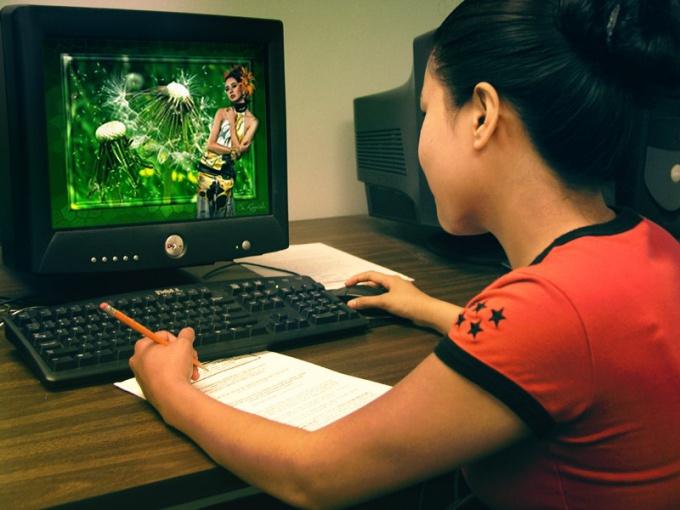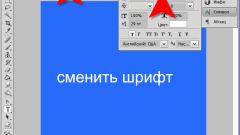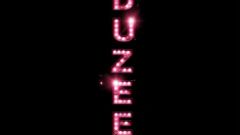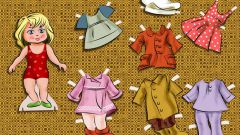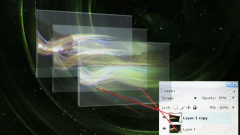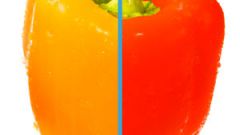Instruction
1
In latest versions there are several types of ready to use styles. They are located on the panel Styles — "Styles". To open this panel go to Window menu — "Window" and select the appropriate line. You will see a palette which will be shown samples of the loaded styles. The styles are not applied to the entire image, and to individual layers. Use the ready-made styles simply. Being on the right layer, double-click the icon to the selected pattern.
2
To see all the available style sets, click on the tiny triangle in the upper right corner of the palette. You will see the options in the lower part of which is a list of loaded styles. Click the name of the set, for example, Abstract Style — "Abstract style". Dialog box appears with the question: Replace the current style with the style from Abstract Style? — "Do you want to replace the set the style to "Abstract style?". To accept the offer of the program, click OK. If you want to add a new set, while maintaining the previous one, click Append.
3
Modifying layer effects, you can edit the preset styles and create a new one. Click on the fx icon at the bottom left of the Layers palette — Layers. Opens the dialog box Layer Style "layer Style" on the left side you will see a list of sections. The first of these Styles — "Styles" is intended for selection and management of ready-made styles. The next section Blending Options: Default "blending Options default" is used to configure the layer's blending mode. The remaining sections are used to select and adjust the individual effects.
4
Applying these effects in different combinations and experimenting with the settings, you can create your unique style. To select the effect click on the entry with its name. Configurable parameters will be shown in the right part of the window. Configuring all the selected effects, save the created style. To do this, click the New Style — New style and give it a suitable name in the opened window. Now click OK and your style will be added last in the loaded set. You can use it at any time.
5
To simulate the volume, create chamfers and reliefs use the ' Bevel and Emboss — Emboss. It is well suited for handling text layers and shapes. If you need to create a color or gradient stroke, apply the effect Stroke — "Stroke". Setting Inner Shadow — "Inner shadow" creates a shadow from the boundaries within the object itself. This effect creates the impression that the object is cut out from the background. To simulate light coming from inside the object, use Inner Glow — "Inner glow".
6
To create the impression of blur and glare with silk, together with other effects, apply a function Satin — "satin." The effects of the group of Overlay "Overlay" cover the contents of the layer with a color, gradient, or patterned fill. The effects of this group can be used together. If you need to select a text inscription on a multicolored background, use the Outer Glow effect — Glow. Apply a Shadow effect Drop — Shadow to simulate a shadow from the object on the plane.
Note
All effects parameters are measured in pixels, so the images with different resolution effects with the same settings will look different. In this case there is a scaling effect.
Useful advice
If you click the right mouse button on the line of any effect in the Layers palette "Layers" to open the context menu of the layer effects. It will be awarded to all the active effects lists the commands that can be applied.
